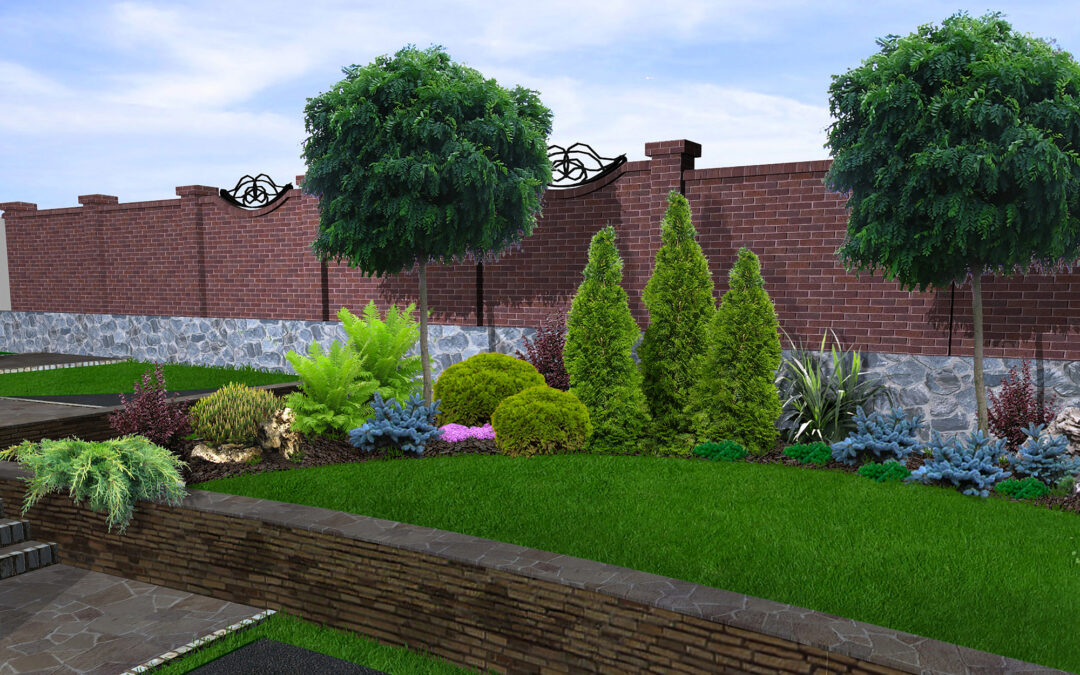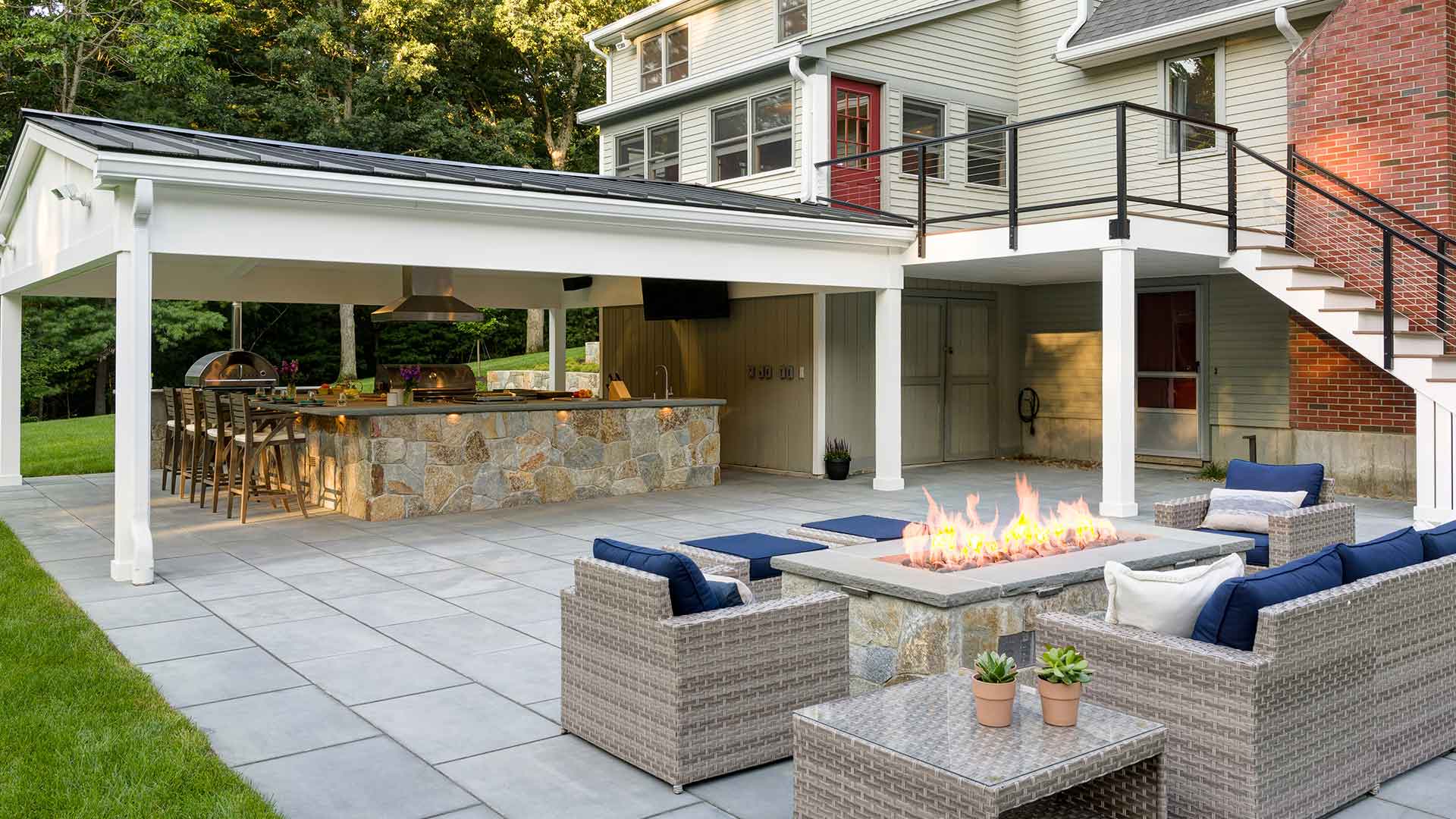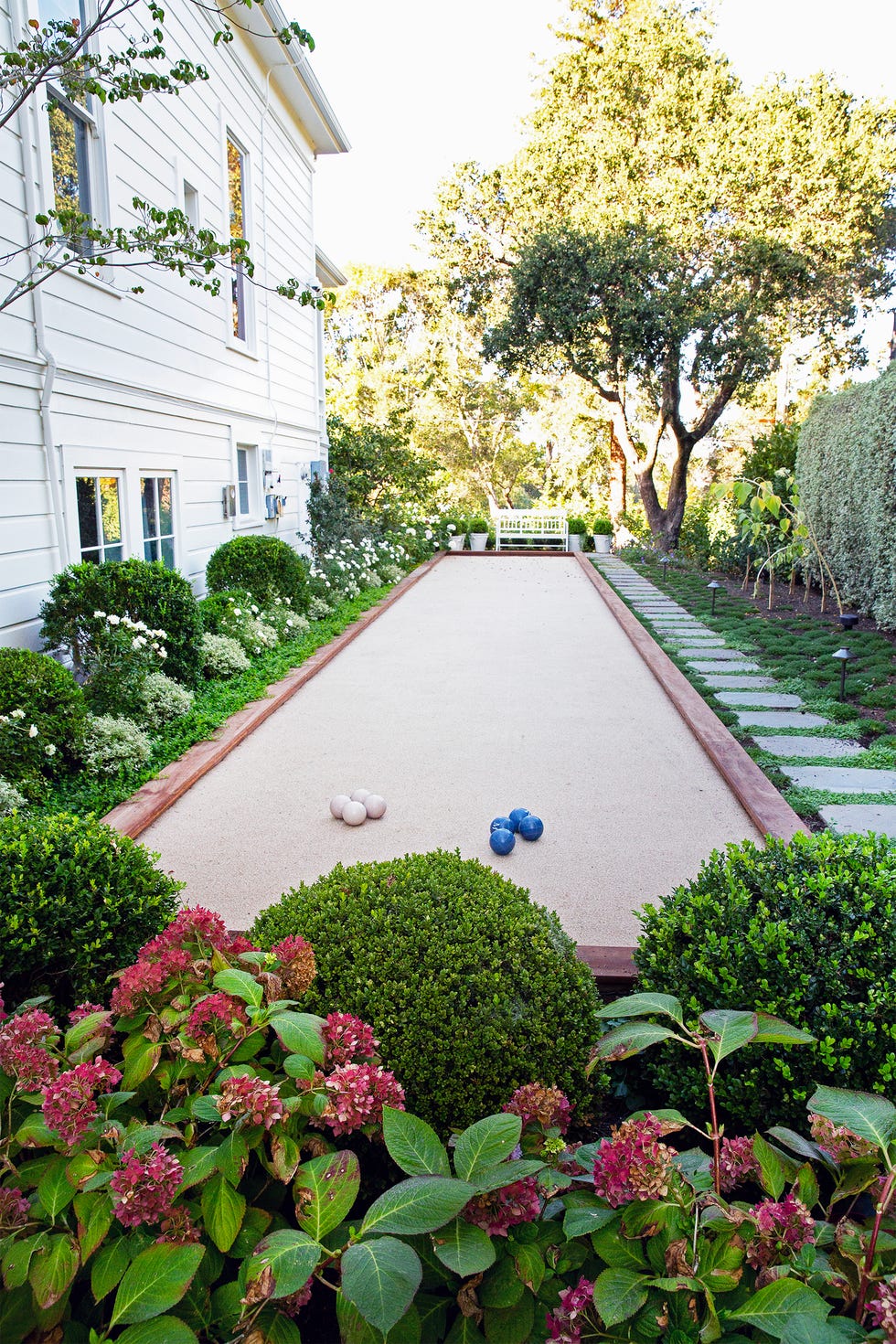The Facts About Landscapers Uncovered
Table of ContentsLandscapers for Beginners6 Easy Facts About Landscapers ExplainedThe 25-Second Trick For LandscapersNot known Facts About LandscapersLandscapers Can Be Fun For Everyone
- A tree or bush (bush) that loses its leaves in winter season. In the PNW there are semi-deciduous or semi-evergreen plants that might lose their fallen leaves relying on just how chilly the winter months is. Abelia and some hebe are good instances. Landscapers. - A flat celebration room, made of timber or composite product (made to resemble timber), usually adjacent or attached to a structure.

- Granite that is weathered to the point that it is a really great aggregate. This is an all-natural procedure, and the result can be made use of for paths and outdoor patios. Disintegrated granite is usually referred to as DG. It is particularly helpful in modern-day landscapes. - Secret landscape functions being suggested in a landscape style strategy.
Excitement About Landscapers
These goals lead the layout procedure, not the developer's style or preferences. Usual style objectives in Portland are low upkeep, dry spell tolerant, and pet friendly.
Nevertheless, with time this layer can get really thick and make it hard for water, sunlight, and nutrients to reach parts of the turf.- The process of accumulating and controlling the flow of water on a building. This can be made with grading, French drains, dry wells, absorptive surfaces, sump pump, rainfall yards, and much more.
Characteristic at the bottom of hillsides, with natural springtimes, or packed with heavy clay have one of the most drainage troubles.- A sluggish feeding watering system that uses adaptable tubes and emitters to send an accurate quantity of water to every plant. This is one of the most efficient approach of irrigating plants. - The capability of a plant to make it through without much summer season water.
- A yard function where water is stood for by an aggregate rock product, normally a gravel or granite. These are most commonly discovered in contemporary and Japanese garden design.- A stone or natural flagstone patio area, path, or pathway constructed without a concrete base. The base would be compacted crushed rock and the joints would certainly be an accumulation or walkable ground cover.
Some Ideas on Landscapers You Need To Know
- A rock maintaining or complimentary standing wall constructed without making use of mortar. An extremely experienced mason is required for a completely dry stack stone wall. Most wall surfaces in Rose city are moist stacked, also if they seem. - A below ground structure that collect water and permits it to reduce percolate into the soil around it.
Landscape design that is suitable with a sites' setting in both look and sustainability without unfavorable influences to the environment. Edging in link the landscape is a line of separation that develops visual rate of interest in the garden by dividing one segment from another section. This can be aesthetic or practical, maintaining one element (such as pea crushed rock) from obtaining mixed into an additional (like bark dust).
Locations can also sense of "unit" supplied by trees, various other plantings, fences, or screens. The landscape near the access to a building. A tree, hedge or creeping plant, educated to grow on a wall or fencing into a details pattern. Specifically valuable for fruit trees, making it simple to harvest the fruit and containing mess.
A plant that is not indigenous to the location where it will be grown. Thicker bladed lawn grass that spread through rhizomes.: The degree of soil on your residential or commercial property before bark dirt or garden compost is spread.
See This Report about Landscapers

The objective, reason, or action that a location is be landscaped for. Space for growing plants for watching, consuming, or physical task.
Low plants that are allowed or urged to spread over a location. Can refer to any kind of "hard" yard elements including statuary or stones however many frequently is made use of to refer to courses, patios, and walls.: Elevation distinction in between the level of water in a pond (or the degree of the pump if it rests outside the fish pond) and the top electrical outlet of go to my site water which affects efficiency of the water pump in gph (gallons per hour).

4 Simple Techniques For Landscapers
An even more loosened up garden controlled by bent as opposed to straight bed lines and a much less inflexible framework. Traditional PNW landscapes are informal. A plant that spreads out more than desired, or right into habitats where it does damages. Portland has a checklist of invasive plants that need to not be mounted in landscapes since they can infect woodlands Read Full Article or waterways and be hard to regulate.
Can consist of head positionings and insurance coverage, pipeline sizing, GPM specifications, and materials needed to install this system. Accredited specialist that designs landscapes, schooled in design and style as well as in gardening.
Landscape developers commonly have much less education than Landscape Architects and are not licensed. A completed landscape design, describing all aspects for the new landscape.
Calcium material made use of to increase the pH in dirt, which will certainly make it less welcoming to moss. A water tight HDPE material made use of beneath ponds, streams and waterfalls in water functions. Making use of many plantings of the same variety to fill out a location in the landscape. This can reduce upkeep and water use in the garden.